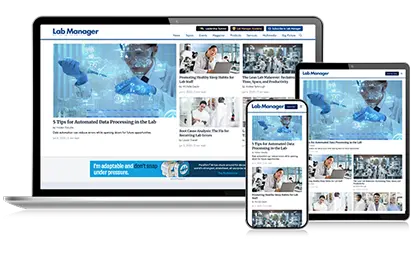 During floods and other emergencies, treating water for drinking is a must, but how to do it is up for debate.Photo credit: Marc Averette, Wikimedia CommonsThe authors of the report, which appears in the American Chemical Society journal Environmental Science & Technology, suggest that the agency review and revise its guidelines.
During floods and other emergencies, treating water for drinking is a must, but how to do it is up for debate.Photo credit: Marc Averette, Wikimedia CommonsThe authors of the report, which appears in the American Chemical Society journal Environmental Science & Technology, suggest that the agency review and revise its guidelines.
Daniele Lantagne, who was at the Centers for Disease Control and Prevention (CDC) at the time of the study and is now at Tufts University, and colleagues note that after natural disasters such as floods, clean water can be scarce. To prevent the spread of water-borne illnesses, the EPA currently recommends “bottle, boil, bleach” in case of a water emergency. That is, people should turn to bottled water as a first resort. If that’s not an option, then they should boil available water to disinfect it. As a last resort, they should add “1/8 teaspoon (or 8 drops) of regular, unscented, liquid household bleach for each gallon of water.” But, as the researchers point out, 1/8 of a teaspoon is not the same as 8 drops. And both amounts are higher than CDC and World Health Organization recommendations. To further evaluate the guidelines, the team tested different bleach treatment levels at six households around the country using water from various sources.
They found that the range of EPA-recommended doses (8 drops to 1/8 of a teaspoon) were higher than necessary to kill disease-causing pathogens in the samples. In a related project, they reported that even if the guideline were lowered, many people they surveyed would not be able to carry it out. None had the right kind of bleach in the house, and few had the correct measuring devices. The researchers recommend a revision of EPA guidelines and more research into more practical water treatment products.
The authors acknowledge funding from the Centers for Disease Control and Prevention.
The authors of the report, which appears in the American Chemical Society journal Environmental Science & Technology, suggest that the agency review and revise its guidelines.
To continue reading this article, sign up for FREE to

Membership is FREE and provides you with instant access to eNewsletters, digital publications, article archives, and more.


